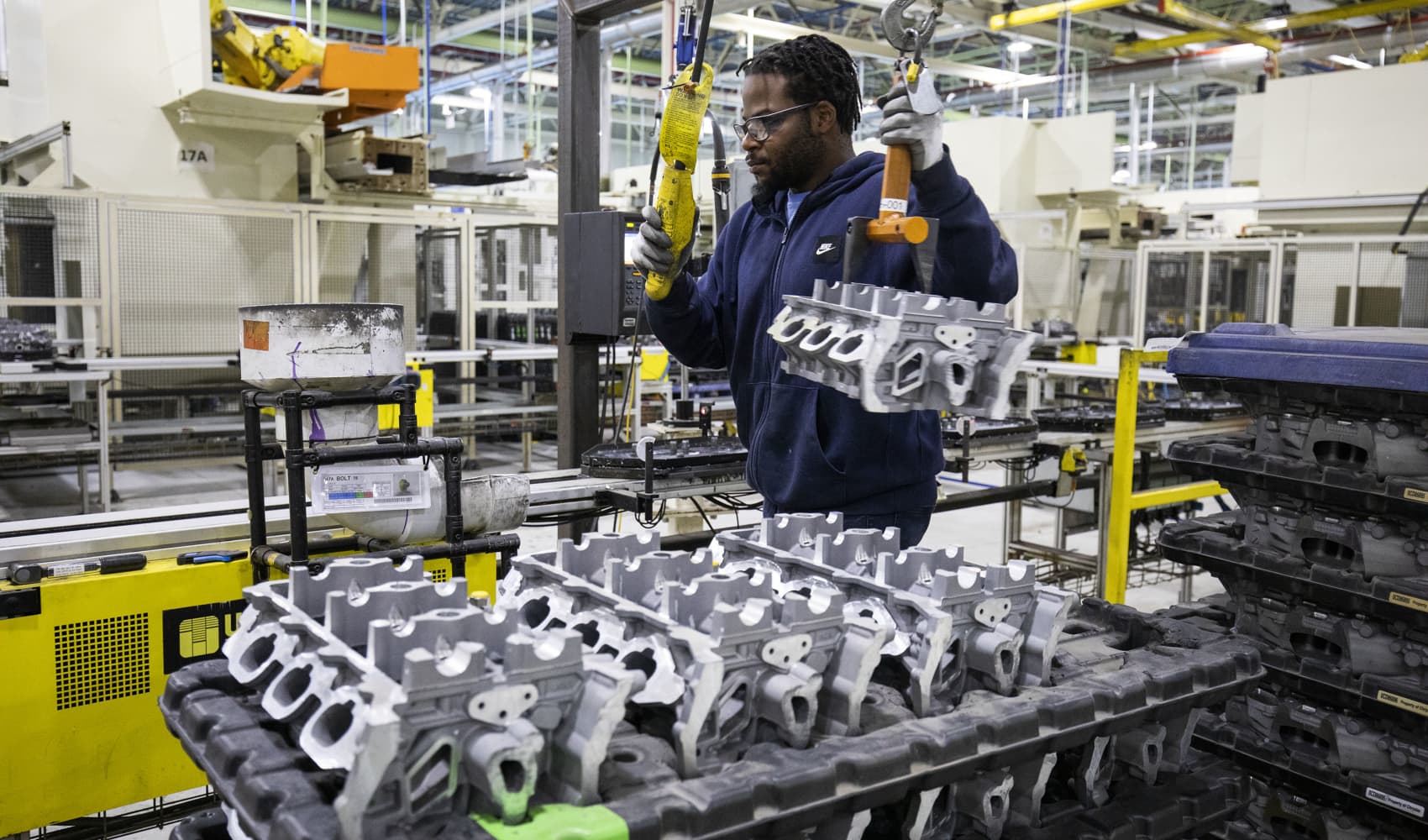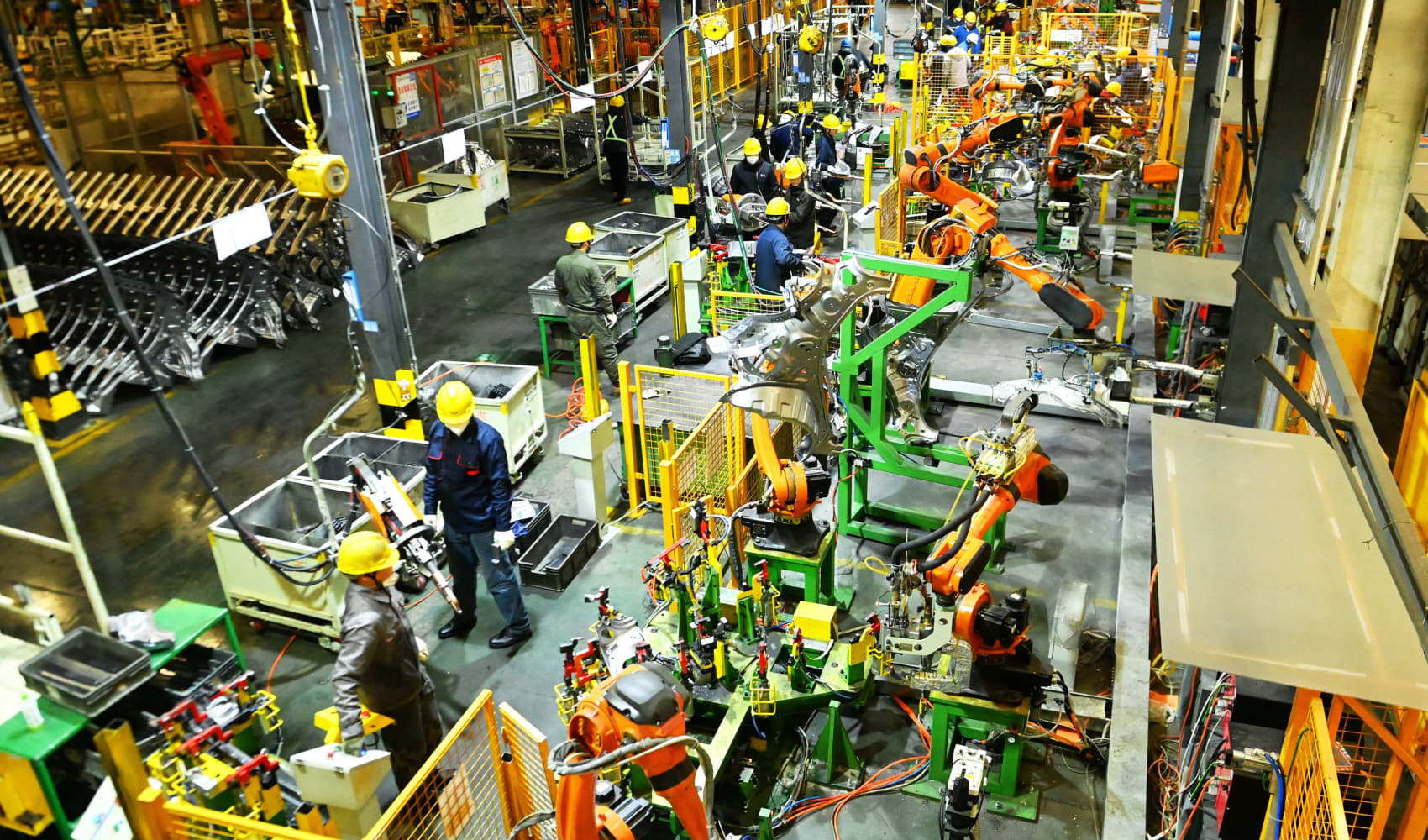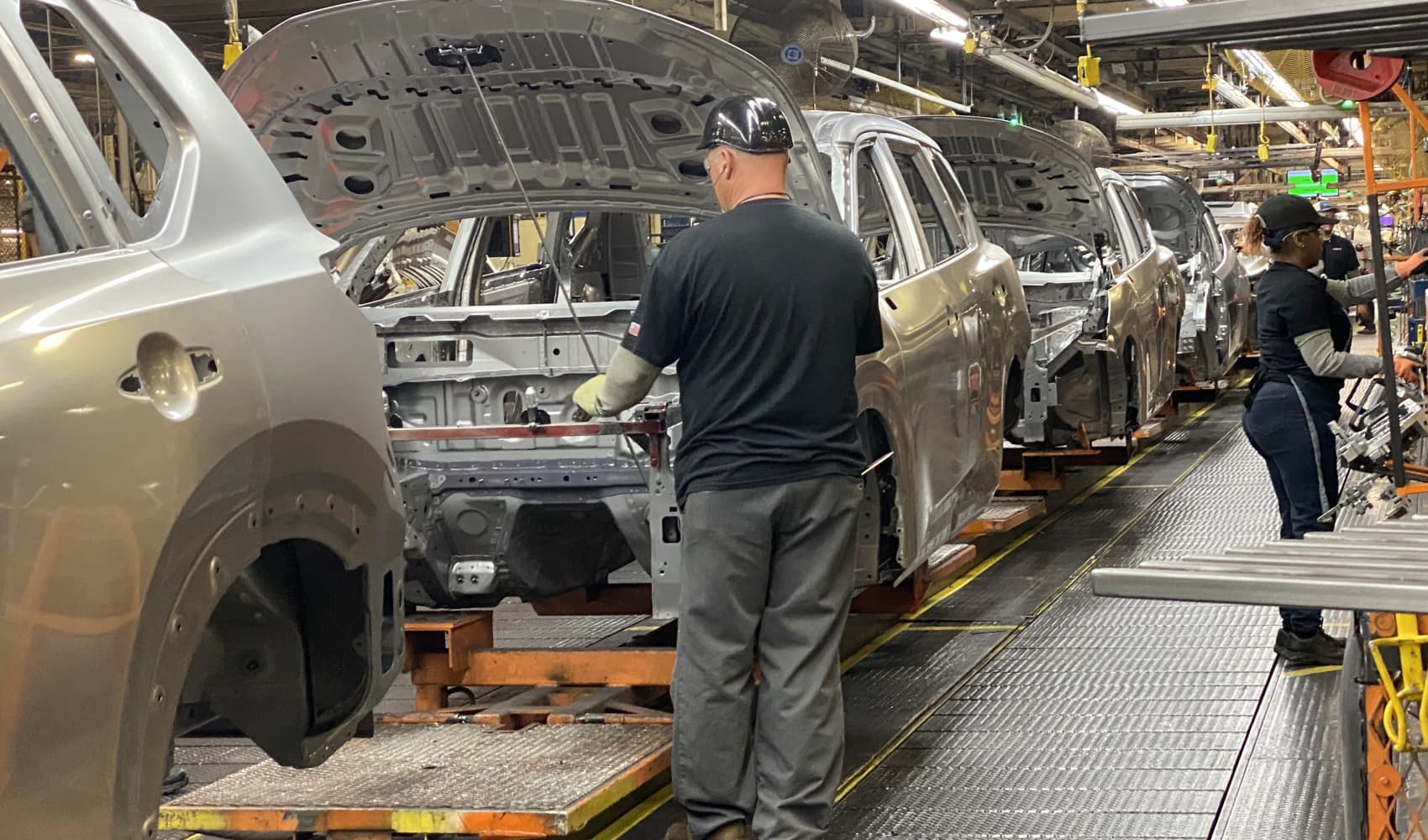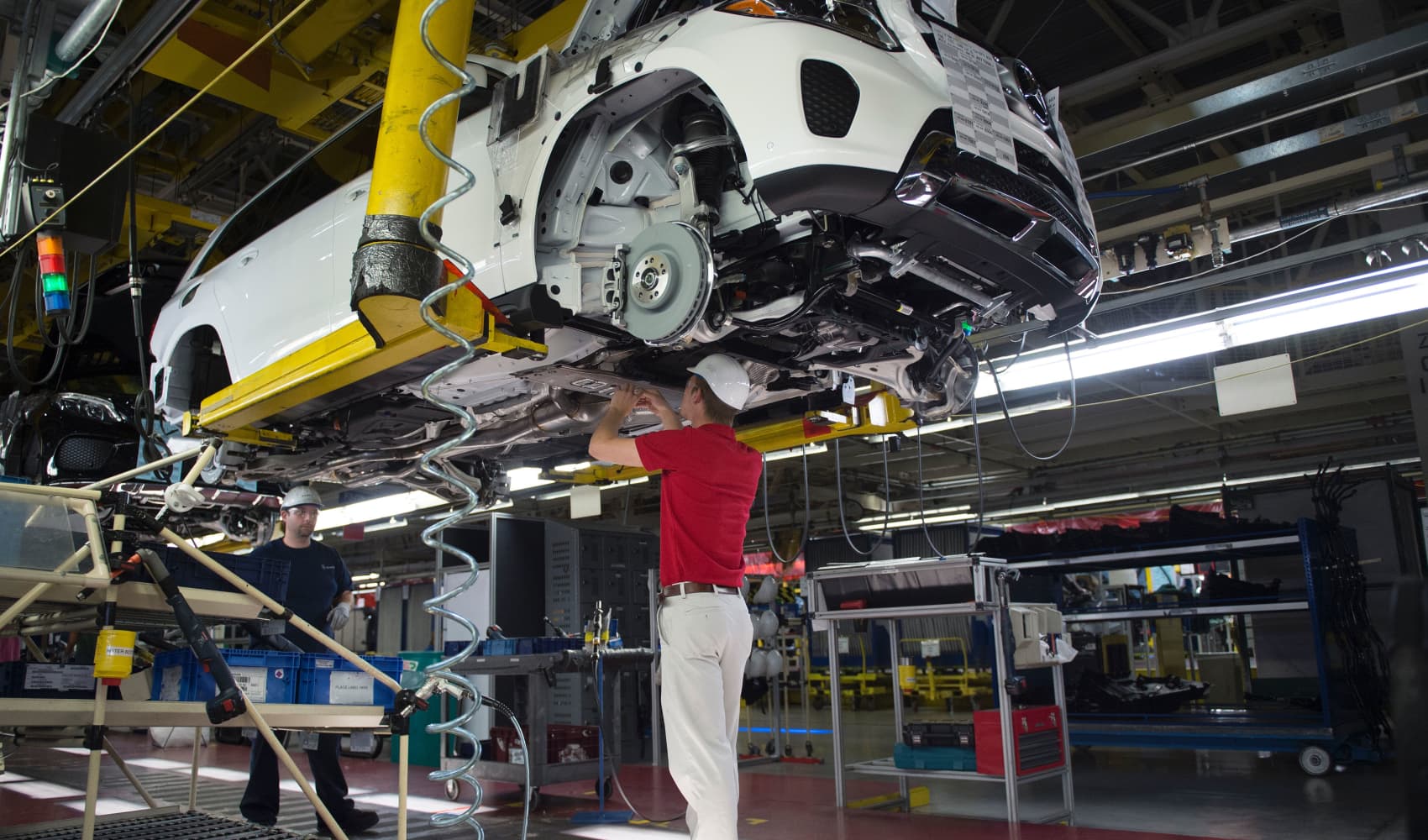Auto Parts Tariffs Threaten US Jobs: Industry Fights Back!
United Auto Industry Stands Against Trump's Parts Tariffs: A Collision Course?
Introduction: A Rare Display of Unity in the Automotive World
Imagine the automotive world, a sprawling landscape of manufacturers, suppliers, and dealers, all usually vying for their own piece of the pie. Now, picture this: a rare and almost unheard-of moment of unity. Six of the U.S. auto industry's top policy groups are banding together, a coalition forged in the face of what they see as a looming threat – a 25% tariff on auto parts. This isn't just a ripple; it's a potential tidal wave hitting the automotive sector.
The Looming Threat: 25% Tariffs and Their Impact
So, what's got everyone so riled up? These proposed tariffs, slated to potentially take effect, threaten to significantly increase the cost of auto parts. We're talking about a hefty 25% increase, which could have a cascade effect throughout the entire automotive supply chain. Is this a storm brewing on the horizon? You bet.
The Deadline: May 3rd and Its Significance
The clock is ticking. The looming deadline of May 3rd is casting a long shadow. This isn't some distant hypothetical scenario; it's a very real and immediate concern for the industry. Businesses are scrambling to assess the potential damage and strategize their next move.
The Unprecedented Alliance: A Unified Voice
The groups involved represent a broad spectrum of the automotive industry. From the franchised dealers who sell cars to consumers, to the suppliers who provide the critical components, and the major automakers themselves, everyone seems to be on the same page for once. This unified front is a testament to the severity of the perceived threat. This is a rare alliance, a convergence of interests driven by a shared fear of the future.
Who's In? The Powerhouse Behind the Letter
While the exact names of all six organizations haven't been publicly specified in all reports, they represent the major players in the automotive ecosystem. This is about the equivalent of the Avengers assembling – a group of influential entities combining their strength for a common goal.
The Letter: A Plea to the Trump Administration
Their weapon of choice? A strongly worded letter delivered to key members of the Trump administration. This letter isn't just a polite request; it's a clear and urgent plea for reconsideration. Think of it as a vital message in a bottle tossed into the sea of policy.
Addressees: Who Holds the Power?
The letter is addressed to some of the most influential figures in the administration: U.S. Treasury Secretary Scott Bessent, U.S. Department of Commerce Secretary Howard Lutnick, and U.S. Trade Representative Ambassador Jamieson Greer. These are the individuals who have the power to shape trade policy and potentially avert the impending crisis. They hold the fate of the automotive industry in their hands.
The Argument: Jeopardizing U.S. Automotive Production
The central argument presented in the letter is that these tariffs will severely jeopardize U.S. automotive production. The industry argues that the increased costs will make American-made vehicles less competitive, potentially leading to job losses and a decline in domestic manufacturing. Imagine trying to run a marathon with weights strapped to your ankles – that's essentially what these tariffs would do to the U.S. auto industry.
Economic Impact: Beyond the Assembly Line
The impact extends far beyond the assembly line. Increased costs could trickle down to consumers, potentially leading to higher car prices and decreased demand. This could have a ripple effect throughout the economy, impacting related industries and potentially slowing economic growth. It's like pulling a thread from a sweater – the whole thing could unravel.
The Supply Chain: A Delicate Ecosystem
The automotive supply chain is a complex and intricate ecosystem. Parts often cross borders multiple times before they end up in a finished vehicle. These tariffs would disrupt this delicate balance, adding unnecessary costs and creating logistical nightmares. Think of it like a carefully orchestrated dance – one wrong step and the whole thing falls apart.
Impact on Innovation: Stifling Progress
Increased costs could also stifle innovation. Automakers may be forced to cut back on research and development, potentially delaying the development of new technologies like electric vehicles and autonomous driving systems. Are we willing to sacrifice future innovation for short-term gains? That's the question the industry is asking.
The Global Context: A Trade War Escalation?
These proposed tariffs are just one piece of a larger global trade picture. They come at a time of heightened trade tensions and could potentially escalate into a full-blown trade war. It's like adding fuel to a fire – the consequences could be devastating.
International Competition: Losing Ground
With increased costs, American automakers risk losing ground to international competitors. Companies based in countries without these tariffs would have a significant cost advantage, potentially leading to a shift in market share. Is America willing to cede its leadership in the automotive industry? That's the risk these groups are highlighting.
The Political Landscape: Navigating the Maze
The automotive industry is now navigating a complex political landscape. They must convince the Trump administration that these tariffs are not in the best interests of the U.S. economy. This requires a delicate balancing act of persuasion and political maneuvering. It's like trying to solve a Rubik's Cube – it requires careful planning and strategic thinking.
Lobbying Efforts: A Race Against Time
The lobbying efforts are intensifying as the May 3rd deadline approaches. The industry is working tirelessly to educate policymakers about the potential consequences of these tariffs. They're pulling out all the stops in an attempt to avert the impending crisis. They know they have little time.
A Possible Silver Lining? Exploring Alternative Solutions
While the situation looks dire, there may be a silver lining. Perhaps the Trump administration will reconsider its position and explore alternative solutions. Negotiations and compromise are always possible. Maybe it will require innovative approaches to finding a solution that benefits everyone.
The Future of U.S. Automotive Manufacturing: Uncertain but Hopeful
The future of U.S. automotive manufacturing hangs in the balance. The outcome of this tariff dispute will have a significant impact on the industry for years to come. While the path ahead is uncertain, the industry remains hopeful that a positive resolution can be reached. It's a story that will continue to unfold in the coming weeks and months.
Conclusion: Key Takeaways and the Road Ahead
The united front of the U.S. automotive industry against the proposed auto parts tariffs highlights a critical concern: the potential jeopardizing of domestic production and jobs. The lobbying efforts directed at the Trump administration are a race against the May 3rd deadline, urging reconsideration of policies that could disrupt the complex automotive supply chain and stifle innovation. While the future remains uncertain, the industry's unified voice underscores the importance of finding solutions that support American competitiveness and economic growth. The industry needs to protect itself.
Frequently Asked Questions (FAQs)
- Why are auto groups so concerned about these tariffs?
These tariffs would significantly increase the cost of auto parts, making U.S.-made vehicles less competitive and potentially leading to job losses. - Who will be most affected by these tariffs?
Consumers, automakers, parts suppliers, and dealers could all be impacted by higher prices and reduced demand. - What is the automotive industry proposing as an alternative?
The industry is likely advocating for negotiations, trade agreements that avoid tariffs, and policies that support domestic manufacturing without harming competitiveness. - What happens if the tariffs go into effect on May 3rd?
The industry could face immediate cost increases, potential disruptions to the supply chain, and reduced profitability, potentially leading to production cuts and layoffs. - Is this the first time the auto industry has united on a trade issue?
While the auto industry has lobbied on trade issues before, this level of unity among such a broad range of organizations is relatively rare, highlighting the severity of the perceived threat.






